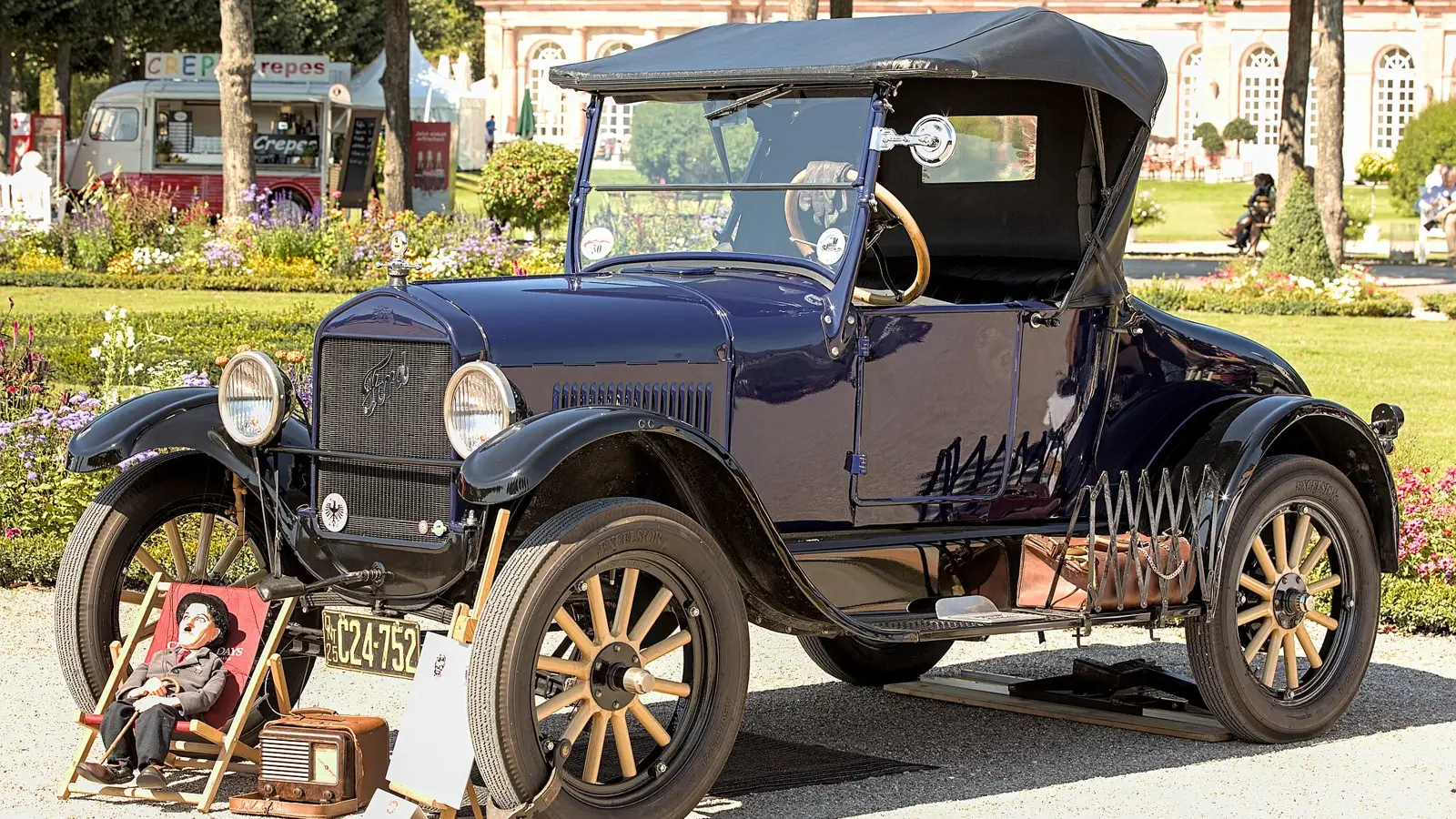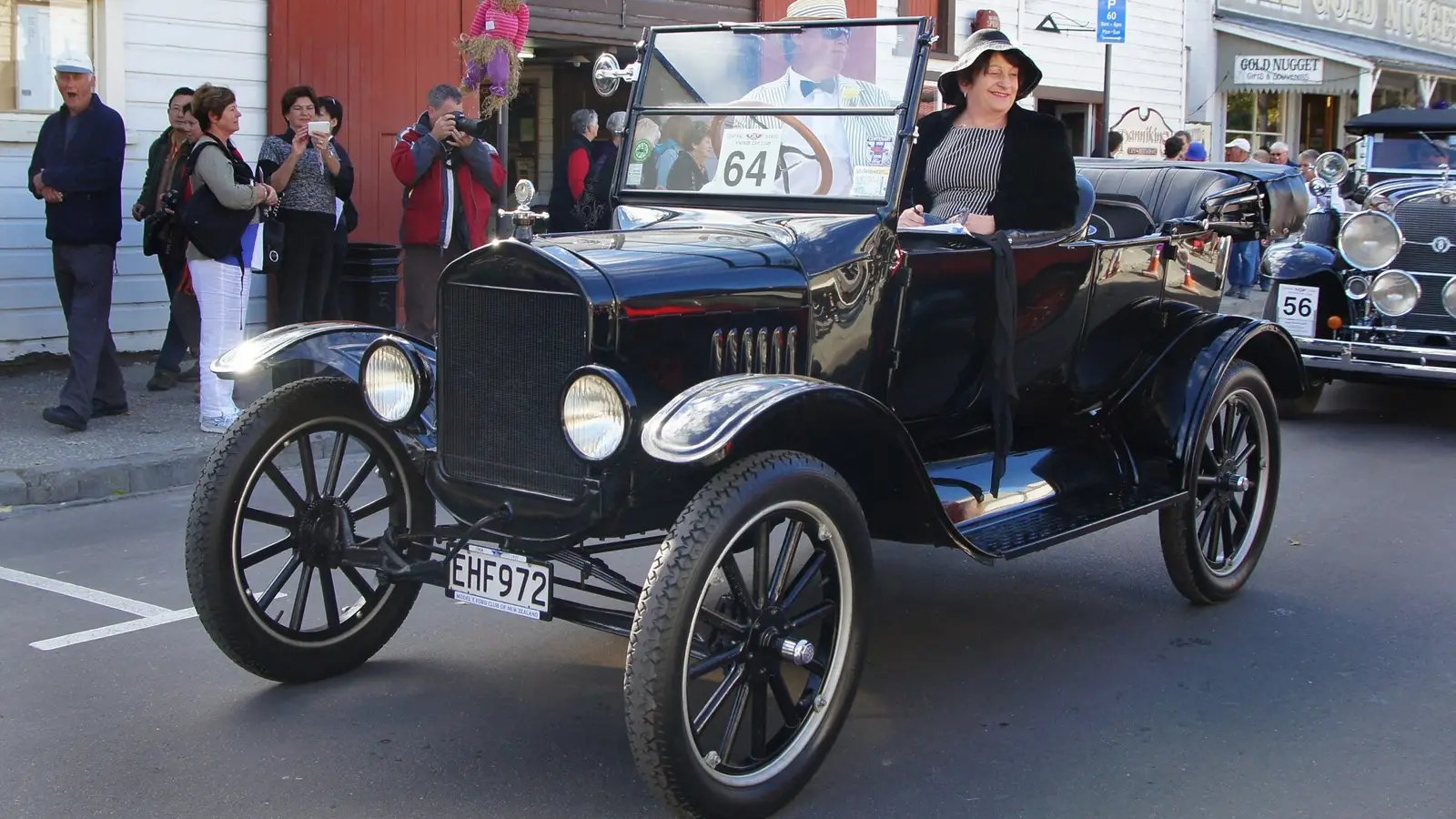Articles
Ford Model T and Alcohol Fuel: Myth or Reality?

Did the Ford Model T really run on alcohol? Explore the facts, historical context, and technical details behind this claim. Learn how fuel choices shaped early automobiles.
The Ford Model T is a car that changed history. Introduced in the early 20th century, it became a symbol of accessibility, mass production, and technological progress. Among the many legends surrounding the "Tin Lizzie," one claim stands out: could the Model T run not only on gasoline but also on alcohol? This idea appears in books, articles, and even in statements from alternative fuel enthusiasts. Let’s explore whether this claim holds up under scrutiny.
Fuel Choices in the Early 20th Century
Today, gasoline is the standard fuel for cars, but in the early 1900s, the situation was far more complex. Various fuels competed for dominance, including gasoline, kerosene, ethanol (alcohol), and even steam. At that time, oil had not yet fully taken over, and ethanol was a common fuel in rural areas of the United States.
Henry Ford, known for his visionary thinking, did indeed consider ethanol as a potential fuel. In one interview, he referred to alcohol as the "fuel of the future," emphasizing its renewability and cleaner-burning properties. However, this does not mean that the Model T was explicitly designed to run on alcohol.
The Model T’s Design: Adaptable, but Not Dual-Fuel

One reason this myth persists is the Model T’s carburetor design. Unlike modern vehicles, its carburetor had manual fuel mixture adjustment, allowing drivers to tweak the engine’s operation for different fuel types. However, the engine itself had a low compression ratio, which meant it could run on various fuels—but not efficiently.
In practice, Model T owners did sometimes use kerosene, gasoline, and even ethanol blends, particularly in farming communities. However, there was no official modification that made the car fully compatible with pure alcohol without adjustments.
Why Ethanol Never Became the Primary Fuel
Despite its potential, ethanol never established itself as a mainstream fuel for the Model T or other early automobiles. Several factors contributed to this:
- The rise of the oil industry – As petroleum extraction became more advanced, gasoline became cheaper and more accessible.
- Prohibition (1920–1933) – The nationwide ban on alcohol production and sales in the U.S. severely limited ethanol’s availability as a fuel.
- Economic factors – Gasoline proved to be more cost-effective and convenient, cementing its role as the dominant automotive fuel.
Debunking the Myth

So, was the Ford Model T an early multi-fuel vehicle? In a way, yes—but not in the way people often assume. Its design allowed for different fuel types, but this was more out of necessity than a deliberate push toward alternative energy.
The claim that the Model T was specifically designed to run on alcohol is an exaggeration. However, Henry Ford’s belief in ethanol’s potential was forward-thinking, and in some ways, his ideas were simply ahead of their time.
2025, Mar 17 21:31


